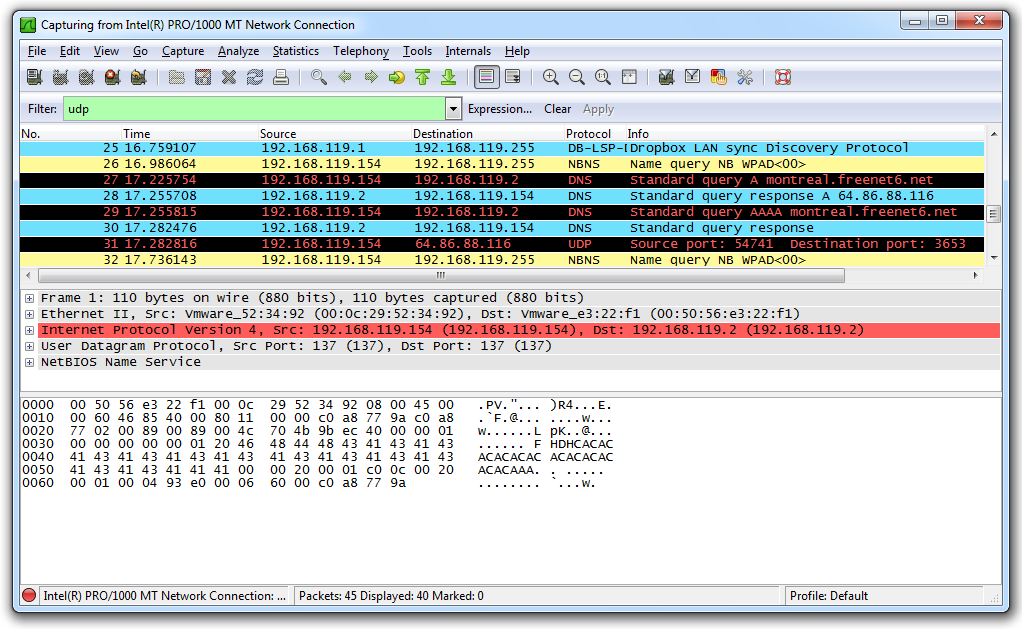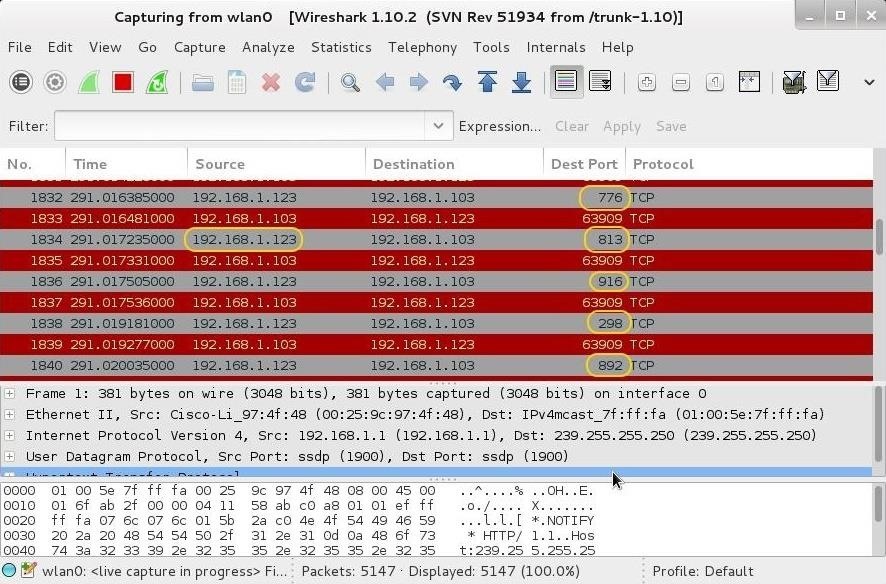

- #Wireshark filters deauthentication attacks drivers#
- #Wireshark filters deauthentication attacks download#
- #Wireshark filters deauthentication attacks mac#
- #Wireshark filters deauthentication attacks windows#
I’m also using an awesome visualization set created by Joel Crane at Metageek. Packets and frames don’t lie, and this give you great insight into actual network traffic.
#Wireshark filters deauthentication attacks download#
Wireshark: Download this and play with it every chance you get.
#Wireshark filters deauthentication attacks mac#
And if you’re on a Mac like me, you can use AirTool.
#Wireshark filters deauthentication attacks drivers#
If you’re on a budget, look at Acrylic’s NDIS drivers to allow a supported external WLAN adapter to go into monitor mode.

If you’re not on a budget, look at something like OmniPeek.
#Wireshark filters deauthentication attacks windows#
The Mac does this pretty well, but Windows does not. You will need a way to convert your wireless nic to “monitor” mode, which allows it to fully capture each piece of wireless traffic, not just data intended for your device.

I use a Mac, so there’s a heavy emphasis on the toolkit from Adrian Granados.įrame Capture Tool: This is critical. So, how can you tell that someone is attempting to contain your system? My Toolkit: This is spammed out so rapidly that the AP becomes unuseable, removing the security risk. Cutting someone off at L2 ensures that communication from layers 3 – 7 won’t go through.Ī deauthentication containment countermeasure is where an AP spoofs the BSSID of a suspected rogue AP and spams out deauthentication frames to the broadcast address, effectively removing all clients from the AP. When used for bad, it can completely gum up a network. When used for “good,” the deauth frame is valuable. If all else fails, the Aruba system can deauth the client and attempt to steer the client to a better AP by manipulating probe responses. Aruba uses this mechanism as part of their ClientMatch system… if a client decides to hang on to an overloaded AP for longer than is healthy, Aruba can attempt to negotiate a roam with that client. This frame removes the client from the BSS, cutting them off at L2 and prompting them to reconnect. If a client needs to be removed from the network, the AP can send out a deauthentication frame to effectively unplug the proverbial cable. Header information in wireless network communications is by default transmitted as unencrypted data – anyone out there listening can intercept it. This information is transmitted in cleartext over the air. If you’re curious to see them, use the following Wireshark filters:Īuthentication: wlan.fc.type_subtype = 0xbĭeauthentication: wlan.fc.type_subtype = 0xcĪssociation Request: wlan.fc.type_subtype = 0x0Īssociation Response: wlan.fc.type_subtype = 0x1 This is accomplished through authentication and association frames. Think of these two steps as the equivalent of plugging in a network cable to your desktop.

The authentication step is not the same as network authentication, which happens after the client joins the BSS. When a client connects to an AP, it must first negotiate authentication and then set up an association to the BSSID. However, if this system is misconfigured, the WIPS platform will start attacking and containing valid neighboring wireless systems – and that’s very illegal. They can allow an administrator in a highly secure environment to contain rogue APs that are plugged into their wired infrastructure, keeping the possible network breach contained until the team can find and remove the offending hardware. There are valid methods to shut down an offending wireless system that are often included in enterprise wireless as part of a WIPS platform. There’s some restrictions in place around maximum transmit power and the ability to properly work around radar signals, but there’s nothing in the rules that dictates “Thou shalt not configure your old 802.11b gear to use channel 4 in a crowded high-rise office building in downtown Atlanta.” There’s just one guiding principle – you can attempt to transmit your own info by hook or by crook, but you can’t actively try to stop someone else’s transmissions. In many cases, the unlicensed frequency bands operate like the wild west.


 0 kommentar(er)
0 kommentar(er)
